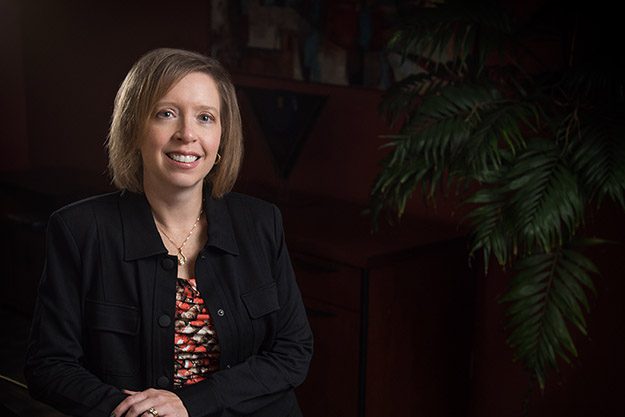Article
Resources
Article
Ohio Passes the Protect All Students Act
On November 27, 2024, Ohio’s Governor signed into law Senate Bill 104, which amended the terms of the College Credit Plus Program, setting forth requirements that allow students in grades 7-12 to earn college credits. Included in the middle of this 40-page Bill is the newly enacted Protect All Students Act, requiring Ohio's K-12 schools and institutions of higher education to designate single-sex bathrooms, shower rooms, and change rooms and permitting schools to make individual accommodations in special circumstances. Senate Bill 104 goes into effect on February 25, 2025.
Newly enacted Ohio Revised Code §3319.90(A)(1) defines “biological sex” as the “biological indication of male and female, including sex chromosomes, naturally occurring sex hormones, gonads, and non-ambiguous internal and external genitalia present at birth, without regard to an individual’s psychological, chosen, or subjective experience of gender.” “Schools” are defined to include a school district or school district building, a community school under Section 3314, a STEM school under Section 3326, a chartered non-public school, and an education service center. The new law specifically indicates how schools must designate restrooms, locker rooms, changing rooms, and shower rooms that are accessible by multiple students at the same time for exclusive use of students of the male or female biological sex only. The new law prohibits schools from permitting a member of the female biologic sex to use a facility designated for the male biologic sex and vice versa. It further prohibits schools from constructing, establishing, or maintaining a multi-occupancy facility designated as non-gendered, multi-gendered, or open to all genders. Schools are permitted to have “family facilities,” defined as a family restroom or shower room that does not have more than one toilet or shower. Schools are also permitted to establish policies providing accommodations such as single-occupancy facilities or controlled use of faculty facilities at the request of a student due to special circumstances, which are not defined. The new law also addresses overnight accommodations. There are certain exceptions for children under the age of 10 being assisted by a parent, guardian or family member, persons with disabilities, school staff with specific job responsibilities requiring them to enter facilities not aligning with their biologic sex, and in response to a legitimate emergency, which is also not defined.
Section 3345.90(A)(2) sets forth separate requirements for “institutions of higher education” to include schools defined under Section 3345.19, the Ohio’s anti-hazing statute. These institutions also have the obligation to use certain signage for each student restroom, locker room, changing room, or shower room, accessible to multiple students at the same time for the exclusive use of members of the male or female biologic sex only. These institutions must not knowingly permit a member of the female biologic sex to use a facility designated for the male biologic sex only and vice versa, seemingly placing a lesser burden upon these institutions versus the “schools.” It prohibits institutions from constructing, establishing, or maintaining a multi-occupancy facility designated as non-gendered, multi-gendered, or open to all genders. Institutions are permitted to have “family facilities,” defined as a family restroom or shower room that does not have more than one toilet or shower. Institutions can implement policies on the use of a multi-occupancy facility, but must include an option for alternative accommodations, including single-occupancy facilities or faculty facilities. The same exceptions for schools also apply to institutions.
There are no specific penalties set forth within the language of this new law for a violation of the same. As a result, schools and institutions may be exposing themselves to the penalties already existing within the statutes for violations of law. Given the upcoming change in Presidential administrations, it is likely that this new law will not be challenged. That said, schools and institutions in Ohio will have a very short period of time to make policy and other changes that may be necessary to ensure their school or institution’s compliance with this new law.


